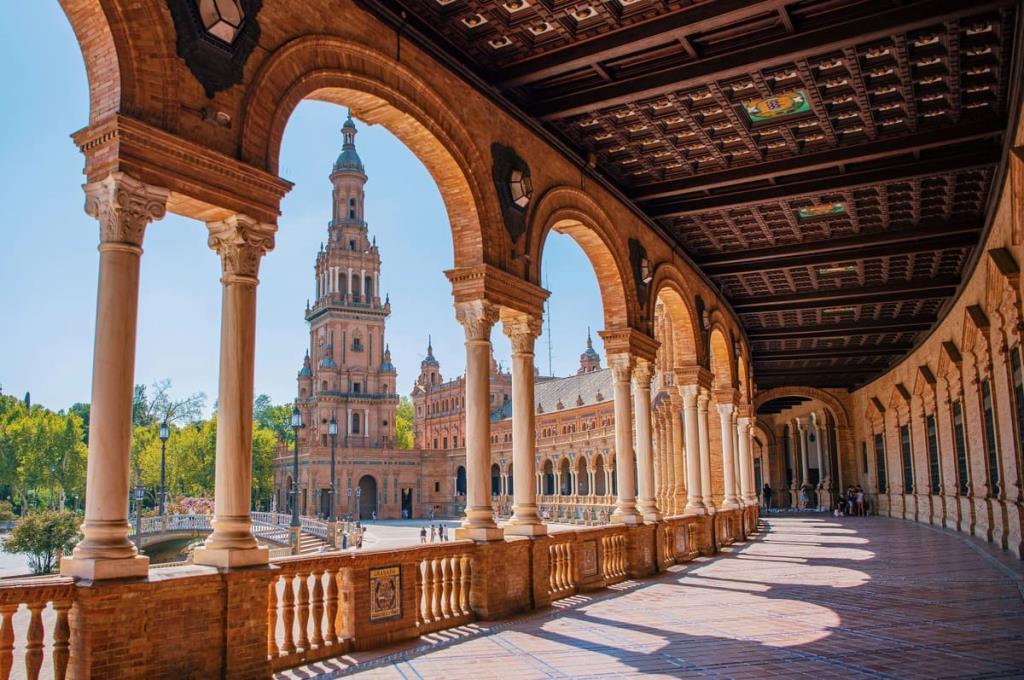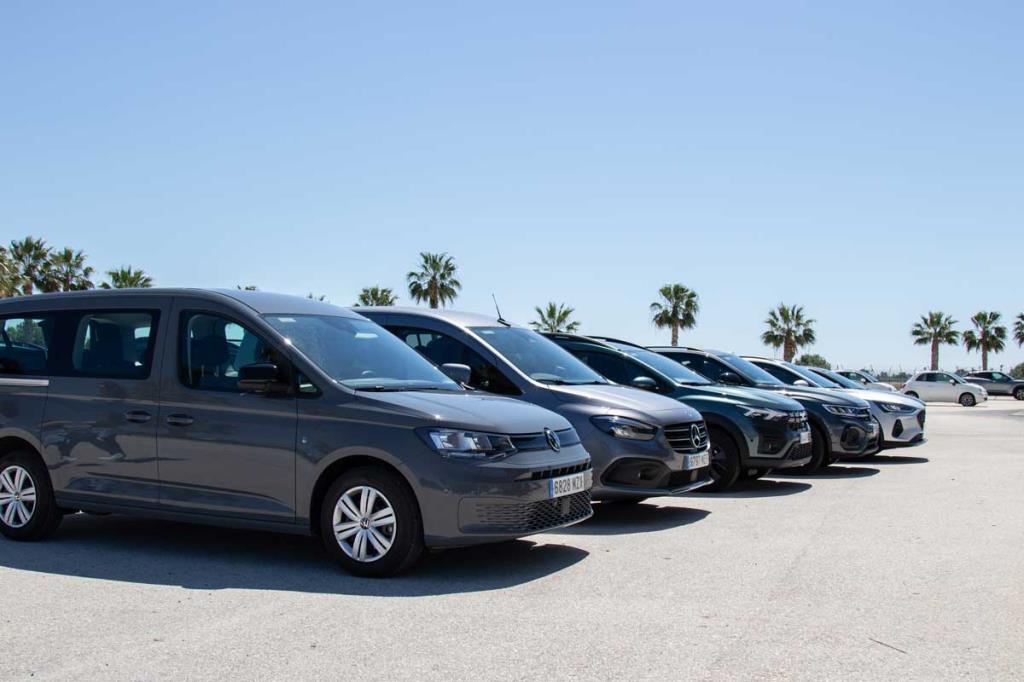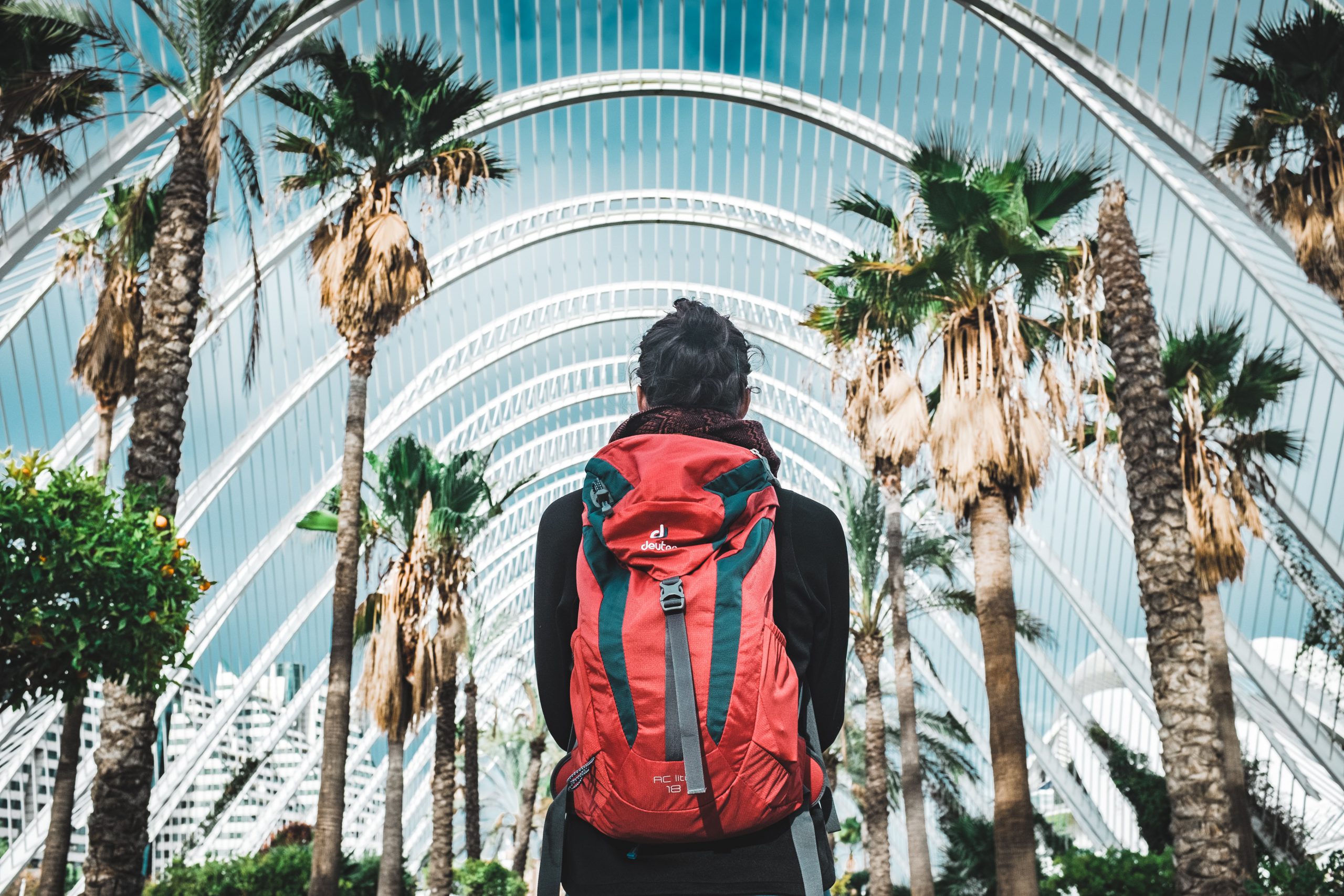
What to see in Valencia in 3 days

Wiber Rent A Car
Valencia is a port city that is placed on the famous Silk Route that is located at Spain’s South-West. It has one of the biggest historic districts of the country, along with a great cultural offer. Worth mentioning is its local festivities, the Fallas, UNESCO’s intangible cultural heritage, that this year is going to be celebrated during the first week of September as an exception, as they were cancelled in March 2020 and 2021 due to the COVID-19. Now with Wiber you can rent your car at Valencia’s airport and ride around this wonderful city. To help you out we’ve designed this 3-day route where we have marked the most relevant spots that you shouldn’t miss.
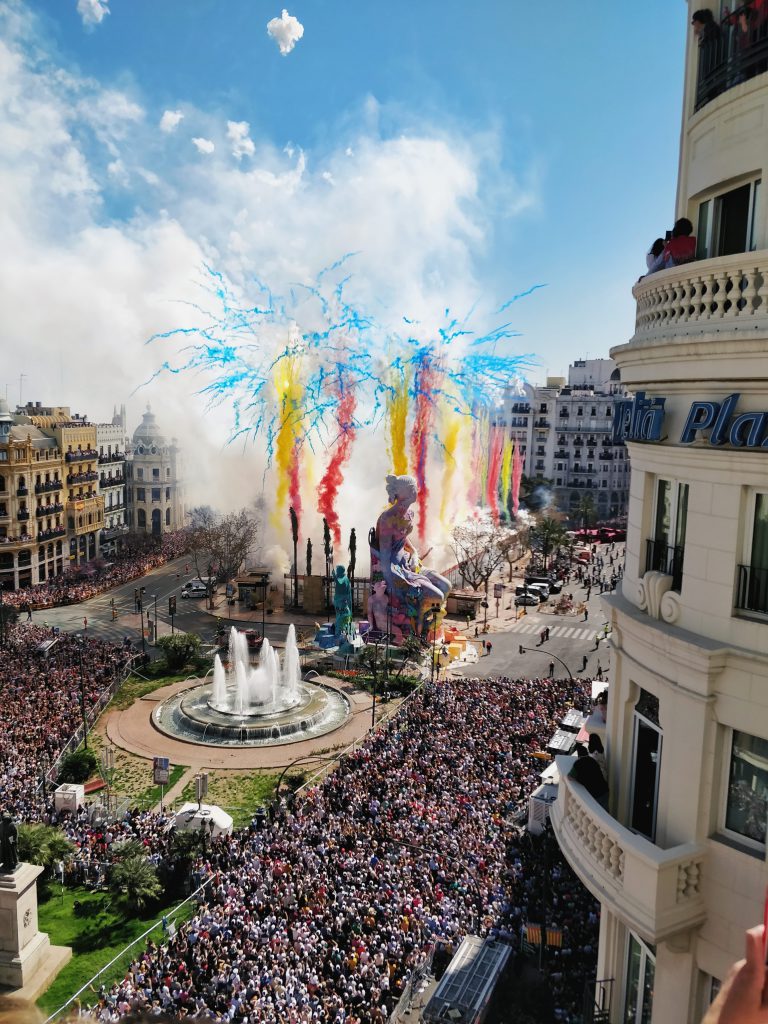
An image from last Fallas festivities.
Day 1 – “la ciutat vella” or Valencia's city centre
Valencia’s city centre is known as “Ciutat Vella” or “old town”, and it’s the part of the city where the historic district is located. This means most of the city highlights are here, so we have marked the spots on the following maps together with their landmarks:
Torres de Serranos
Las Torres de Serranos, or Puerta de Serranos, a part of the ancient wall that used to defend the city.
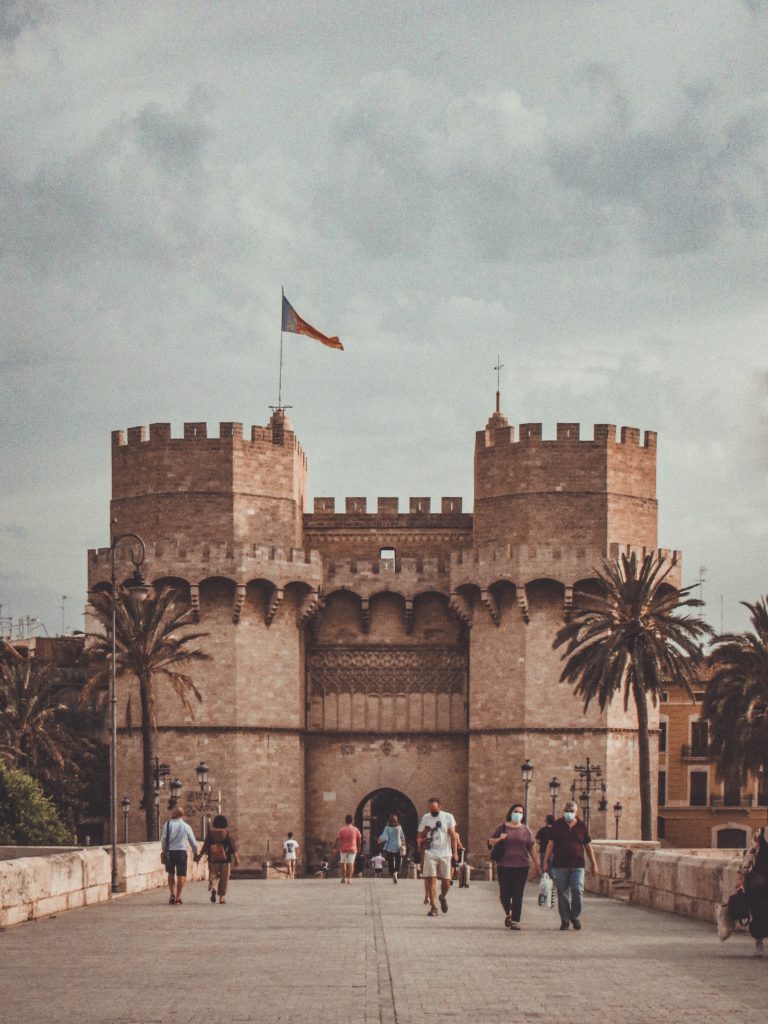
Plaça de Manises
You could see a tower that is not unificated to any building. It used to be part of a church that was destroyed during the Spanish Civil War.
Plaza de la Virgen
It is located on the city centre, with monuments like the Túria fountain and the Cathedral.
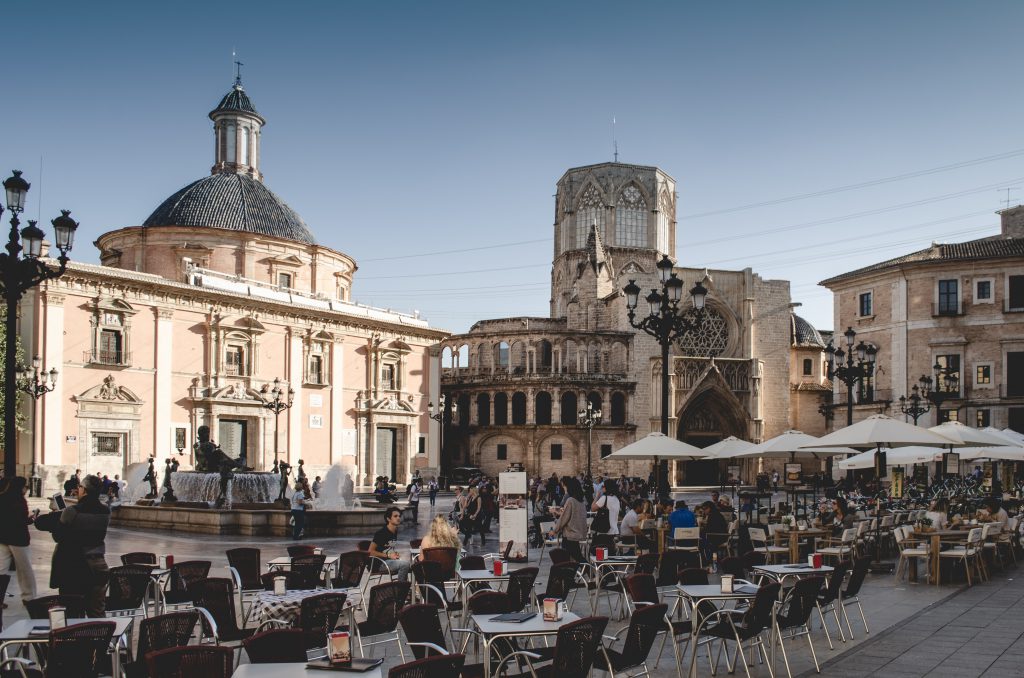
La Catedral de Valencia o catedral del Santo Cáliz
This cathedral has a museum with Roman ruins underneath it, and a legend that talks about how the Holy Chalice is hidden here.
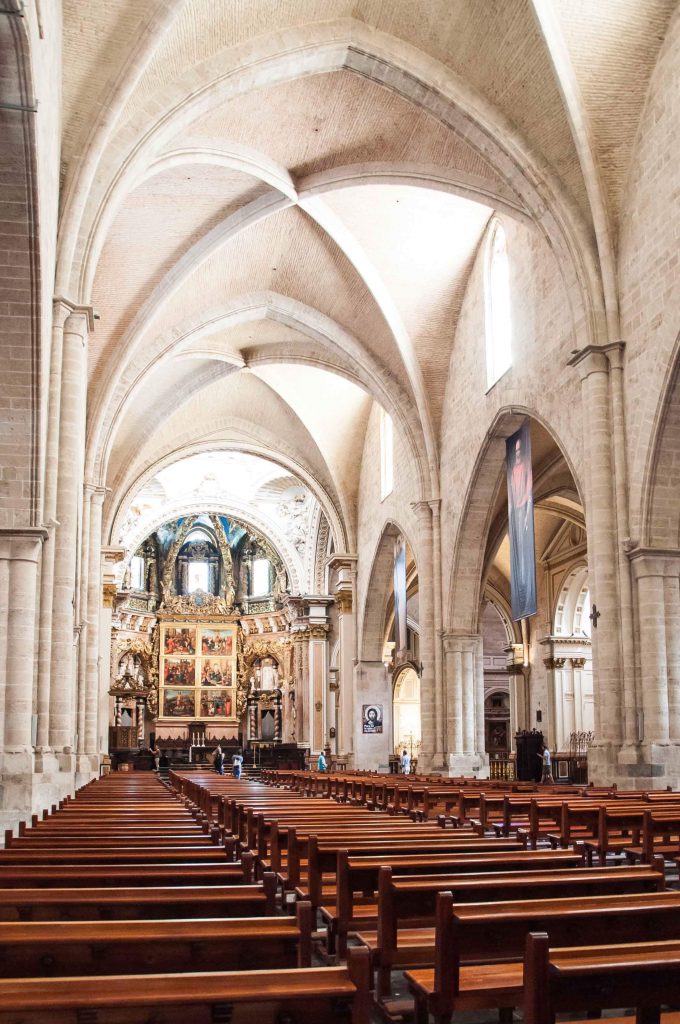
La basílica de la Virgen de los Desamparados
One of the most important chuches to see in Valencia, where the virgin patron saint of Valencia is found, commonly called "la geperudeta" (the hunchbacked).
El Micalet o El Miguelete
The Micalet or El Miguelete in Spanish construction was completed in 1429 and declared Artistic Historical Monument in 1931. It is the bell tower from Valencia's Cathedral and that is called like that because its bell is called Miquel (Michael), the saint that protects the city. Climb the stairs to see a wonderful view of Valencia!
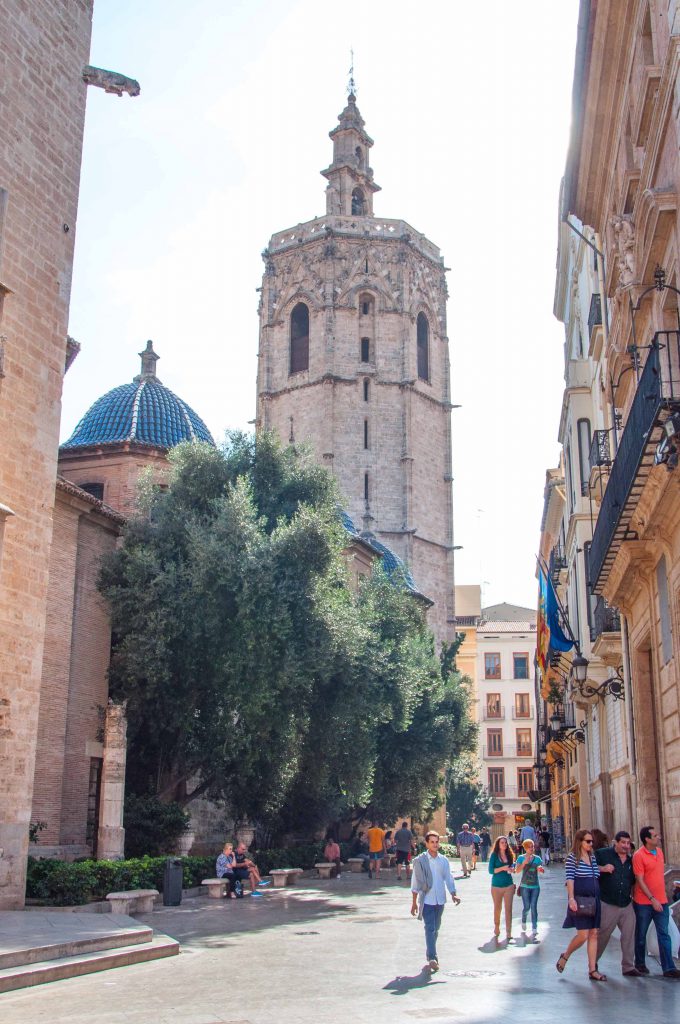
Museo de L’Almoina
An archeological centre that has Roman ruins for baths, other buildings, inscriptions, coins and ceramic remainders.
Torre Santa Catalina
The bell tower for the church Santa Catalina Mártir, one of the most beautiful baroque constructions of Spain. In front of it you can find the Horchatería Santa Catalina, one of the most renown of Valencia.
Plaza Lope de Vega
A very little and charming square with a remarcable point: at its number 6 you can find the narrowest house of Europe, with only 107cm wide.
Plaza redonda
A round square located next to Plaza Lope de Vega, where a popular market is held.
Lonja de Valencia
A must when you come to Valencia. This building is classified as Human heritage that is part of the Silk Route, which was the main activity at the city during centuries.
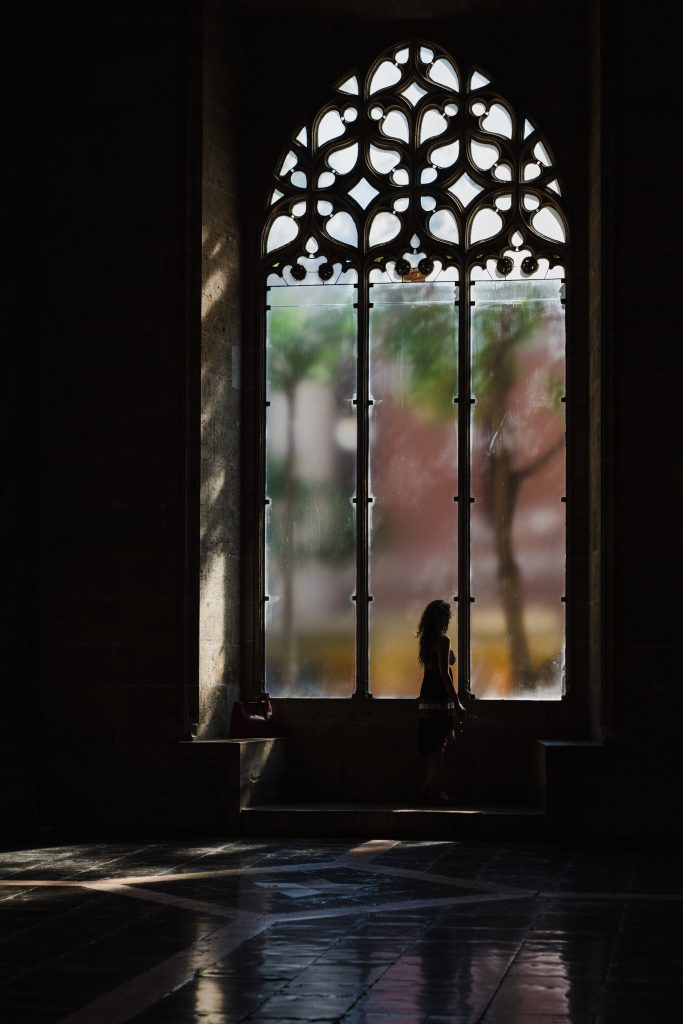
Iglesia de los Santos Juanes
It is located in front of the main façade of the Silk Exchange, and it was built on top of an ancient mosque in 1240. It is considered a Historical Artistic National Monument.
Plaça del Mercat
It takes its name not from the market that is now located here, but from the market that was already held here during the Arab period. It's worth coming to browse the stalls here, even though many are geared towards more typical tourist souvenirs.
Mercado Central
It's pleasant to stop and visit it for its architecture, and perhaps also to refresh yourself with a horchata. On the tiles, you can see "l'horta" (the Valencian orchard) represented, which is very important for the development of this city.
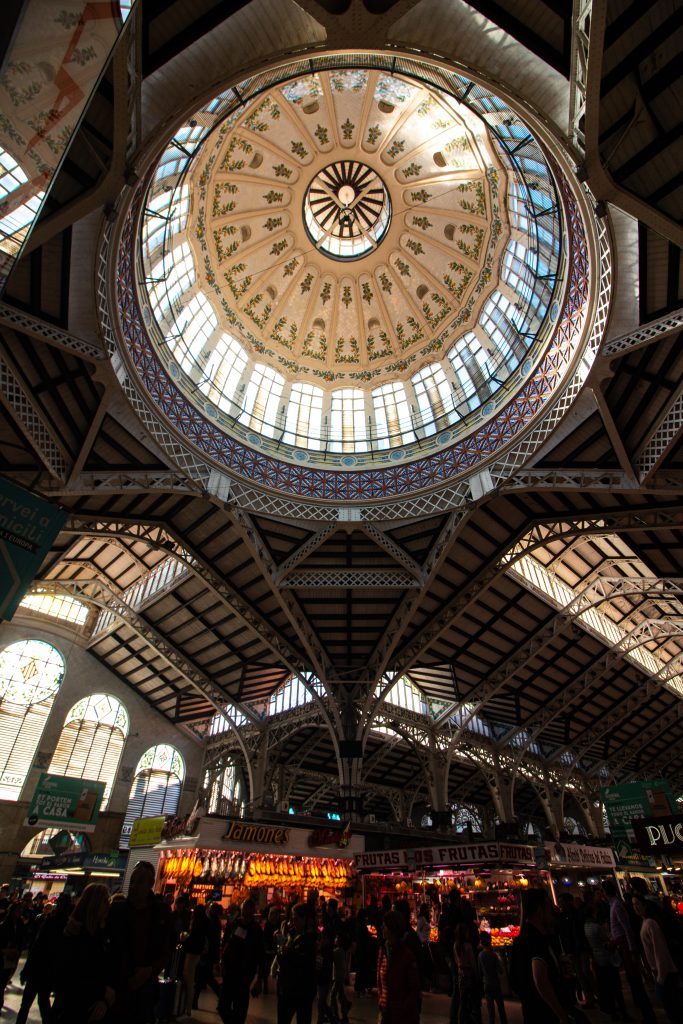
Palacio del Marqués de dos Aguas
A stately mansion built in the 15th century, located on one of the most central and well-known shopping streets in Valencia, which stands out for its façade with impressive artistic decoration.
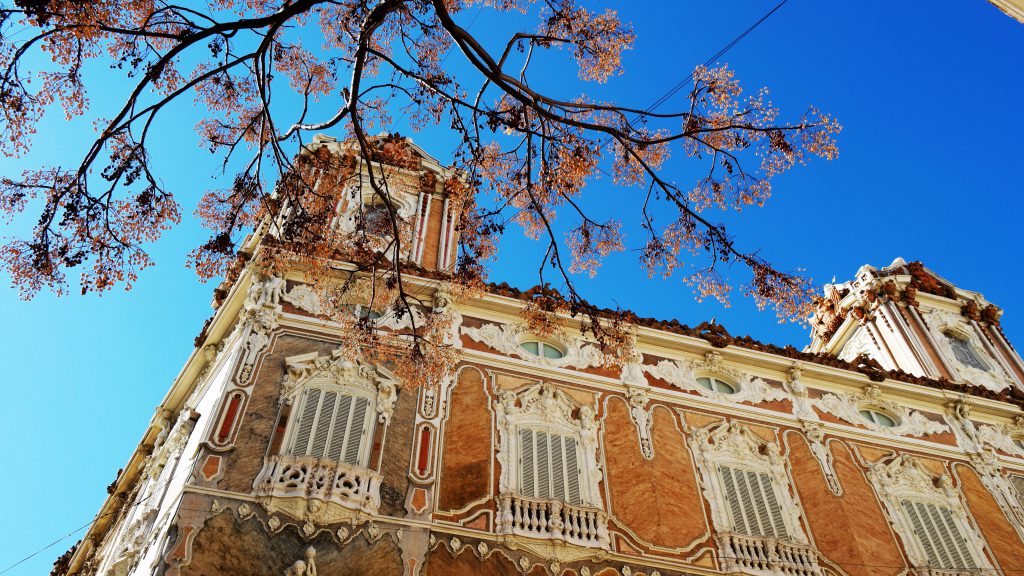
The Post Office
The Post Office building on the Town Hall Square is a classic example of Valencian modernism, imposing and historical despite being from the early decades of the 20th century.
The City Hall of Valencia
The Town Hall was constructed in two phases, with the final phase completed in 1934. As a result, it has a modern aesthetic with elements of Baroque and typical Valencian design. Many city celebrations and festivals are initiated from its balcony.
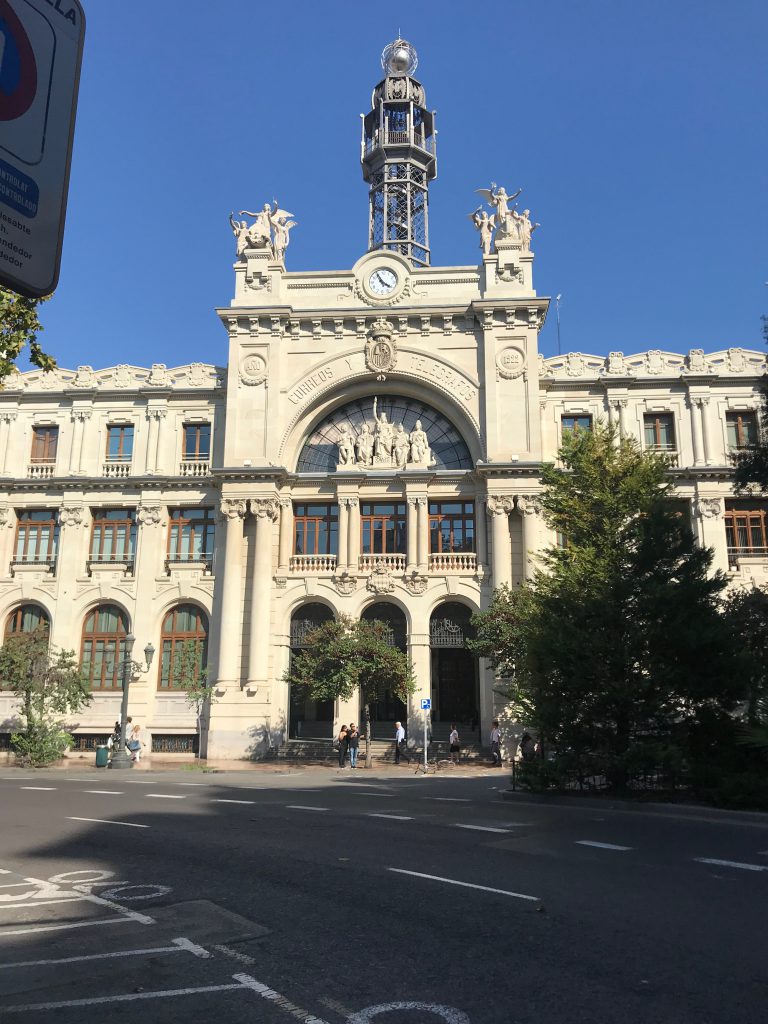
Estació del Nord
The North Station has a magnificent modernist façade with motifs of oranges, which are very typical of the Valencian orchard. It is the original train station of Valencia, inaugurated in 1917 in the heart of the city.
"Tardeo" around the Carmen neighbourhood
The Carmen neighborhood is brimming with urban art, and you can easily get lost in it while discovering its secrets. One of the most famous pieces features a well-known Valencian cabaret dancer, Rosita Mores, reflecting the abundance of meat in paella, on Corretgeria Street.
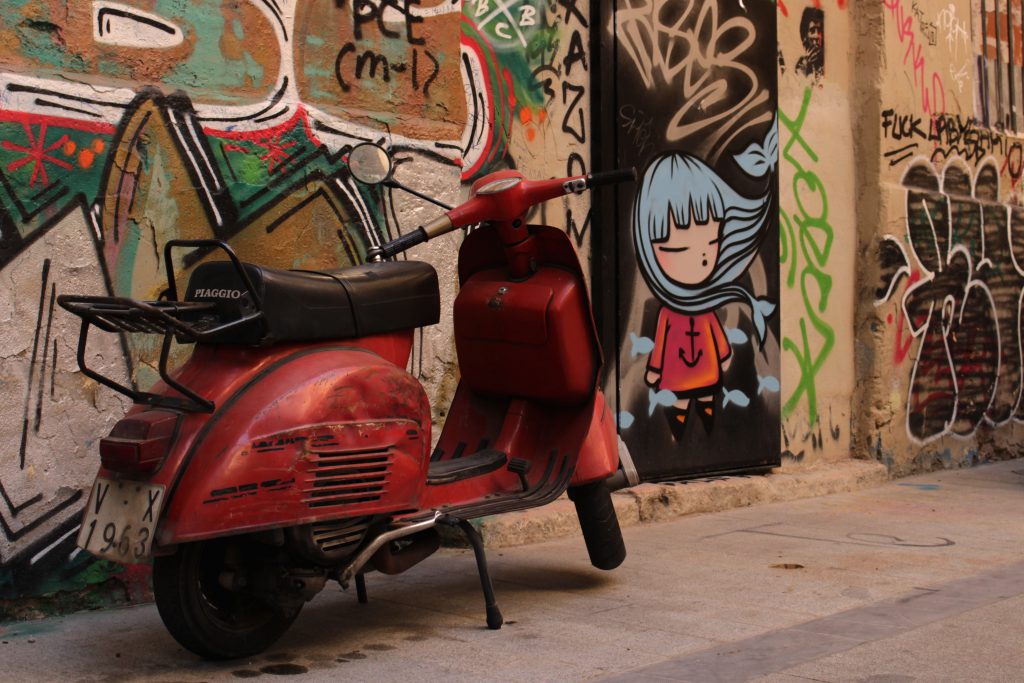
San Nicolás church
This church is also known as the Valencian Sistine Chapel, because its vaults hold frescos that remind of the Roman ones.
Torres de Quart
As the Torres de Serranos, are defensive towers from the ancient city wall. These hold cannon shots from over two centuries ago.
Day 2 – The City of Arts and Sciences and a walk around Ruzafa neighbourhood
We recommend you start today by walking through the old Túria riverbed, so you can see the Gulliver Park, a monumental sculpture of Gulliver where kids can enjoy themselves with its sledges. After about 30min of walking, you will arrive to the City of Arts and Sciences, a highlight of the city that has appeared in series as HBO’s WestWorld or movies as Tomorrowland. And what is there to see?
La Ciudad de las Artes y las Ciencias
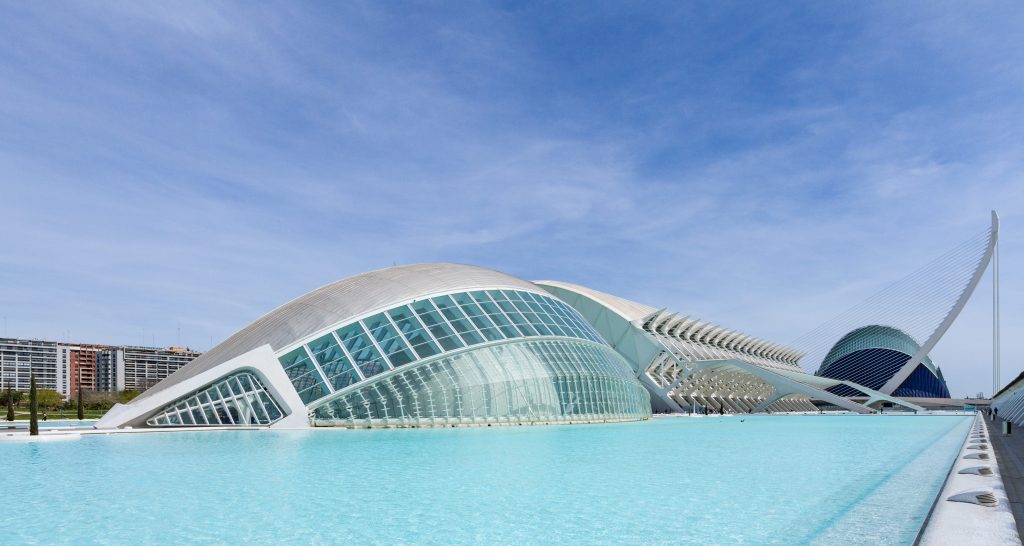
A key location in the city that has appeared in series like HBO's WestWorld or movies like Tomorrowland, starring George Clooney and Hugh Laurie. As we mentioned earlier, you can walk there from the city center along the old Turia Riverbed (approximately a 30-minute walk), or you can park your rental car there. There are always parking attendants who can help you park in exchange for a euro! And what can you see here?
- El palacio de las artes Reina Sofía, where the Valencian Community orchestra has its home.
- L’Hemisfèric, the famous eye-shaped building, which is an IMAX cinema and a planetarium.
- Museo de las Ciencias Príncipe Felipe, the big building with a shape that reminds of a whale skeleton, holds inside an interactive science museum that kids love.
- L’Oceanogràfic, the biggest marine aquarium in Europe.
- L’Umbracle, the landscaped path filled with rosemary, lavender, honeysuckle, and other native species.
- El Ágora, the covered square where some concerts are celebrated.
When you are finished visiting all of this, we recommend you go back to the city centre so you can visit the most chic neighbourhood in Valencia, Ruzafa, filled with cute coffee shops and American-style bakeries, along with cool bars. This is possibly the best spot to finish your day and have a drink!
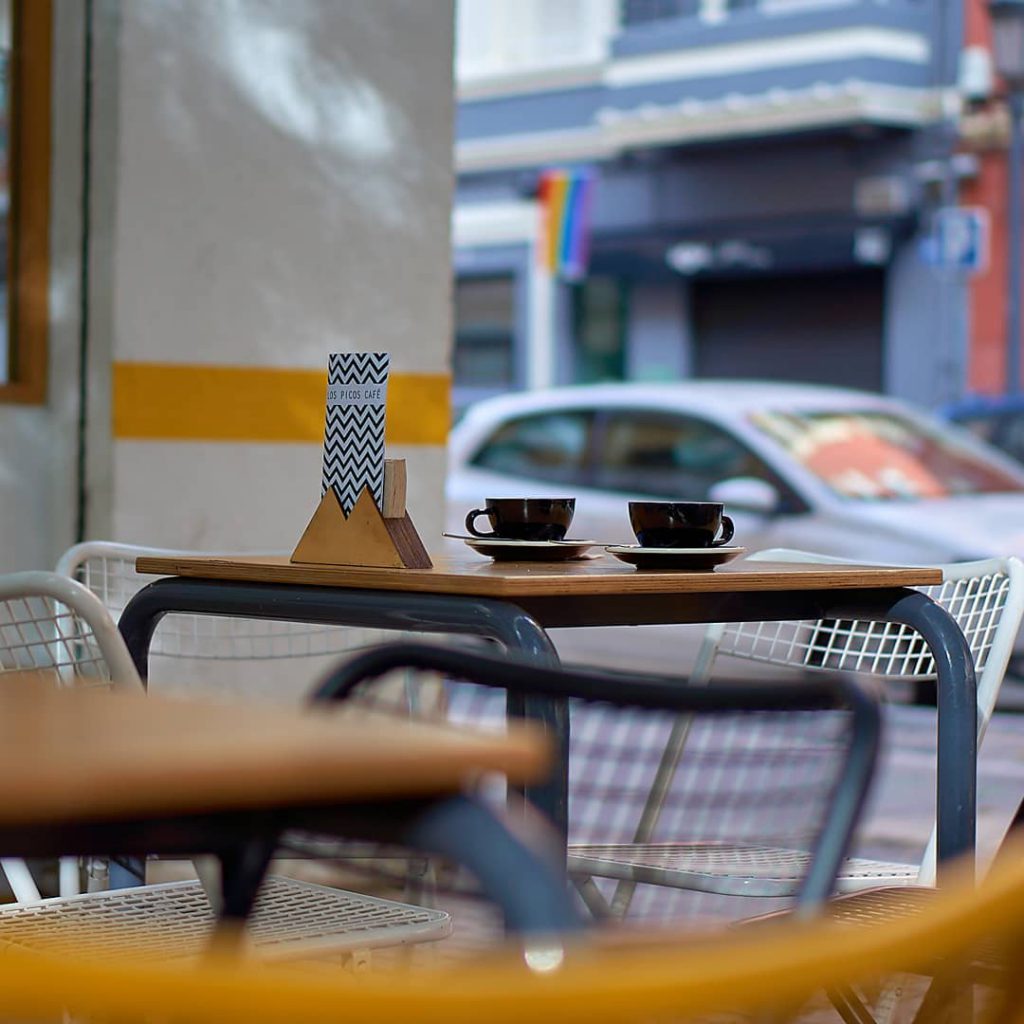
Day 3 – Cabanyal neighbourhood, Malvarrosa beach and Albufera
Since on your third day visiting Valencia your feet must already be quite tired, we recommend for today you hop on your car and have a trip to some spots a bit further away from the city centre.
Barrio del Cabanyal
Our first stop for today is the Cabanyal neighbourhood, an old sailors’ district that hold modernist aesthetics as a surprise. Many of its houses are protected from humidity with ceramic tiles, which offers us beautiful designs to see. You should visit its Lonja de Pescadores, the Mercado del Grao or simply contemplate the houses around the streets of Sant Pere, La Reina or Escalant, enjoying the slow tourism.
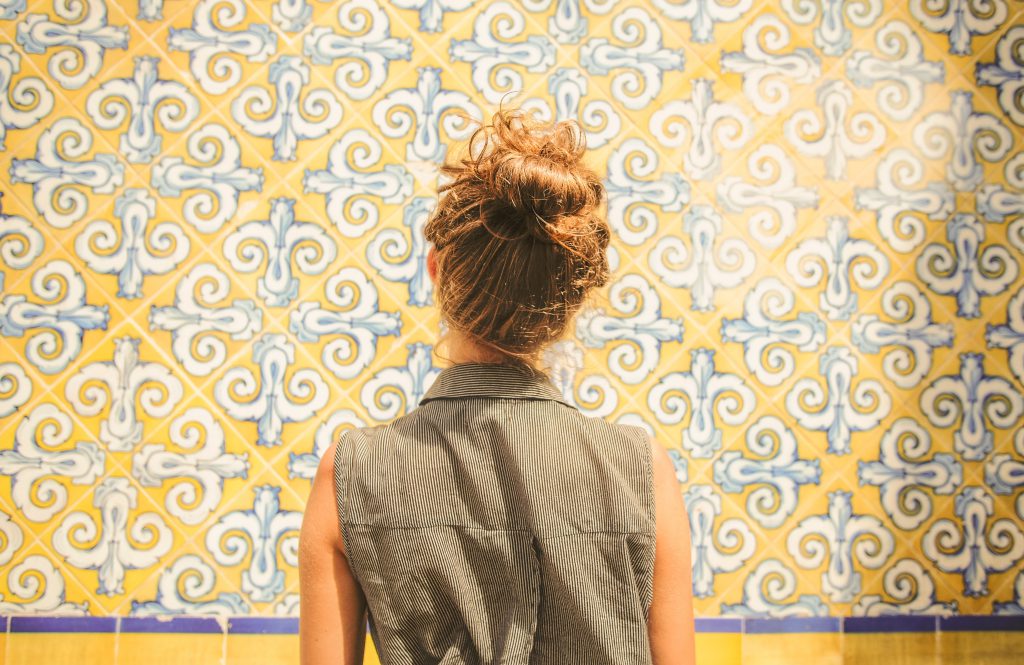
Malvarrosa's beach
After that, we recommend you walk the promenade for Malvarrosa’s beach and eat a panoja (ear of corn cooked with embers) while you see the artisanal street market. You can also sunbathe on the beach or stop by the Casa Carmela to eat a great paella. A visit to Valencia’s harbour is also a great idea, as it is the fourth with most traffic in Europe, and the biggest one in Spain.
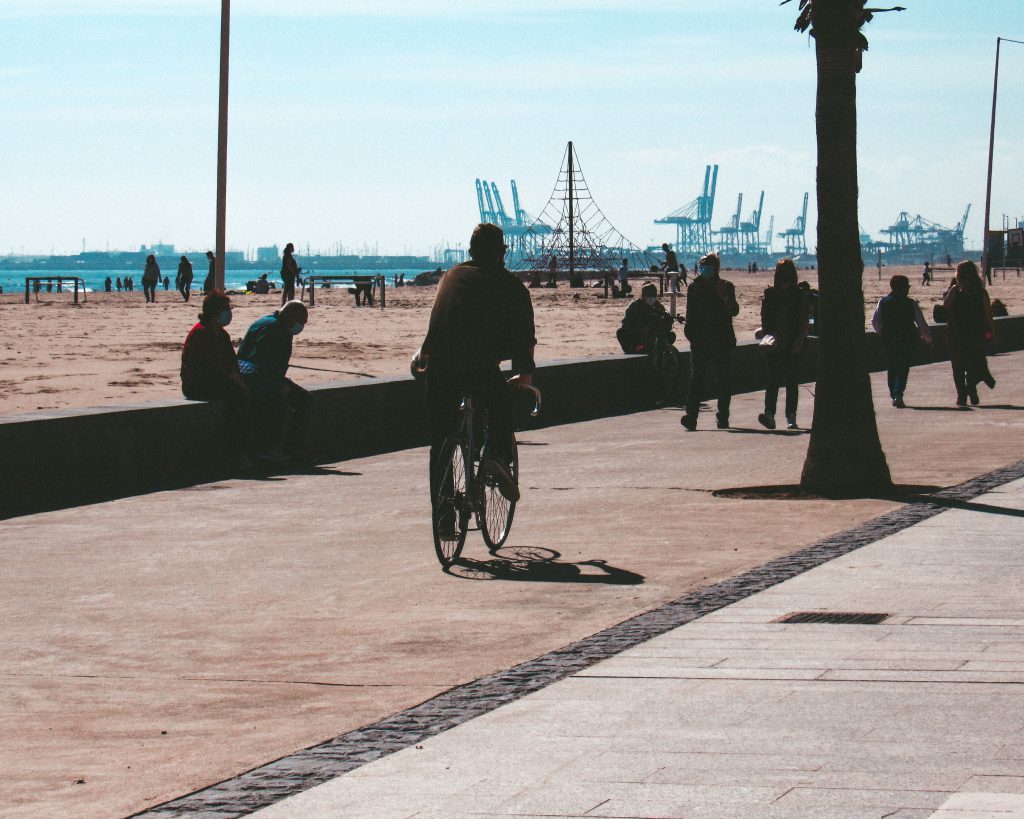
La Albufera
If you are tired of the city, you should visit L’Albufera, a natural park located at a 30min drive from Valencia. There you should stop at El Palmar, a tiny village where you can rent a boat to navigate its canals and the lake and enjoy the sunset. Here you can also enjoy the Devesa del Saler, a sandy meadow with dunes that separates the lake from the sea, divided in three beaches with a Mediterranean forest of pine trees.
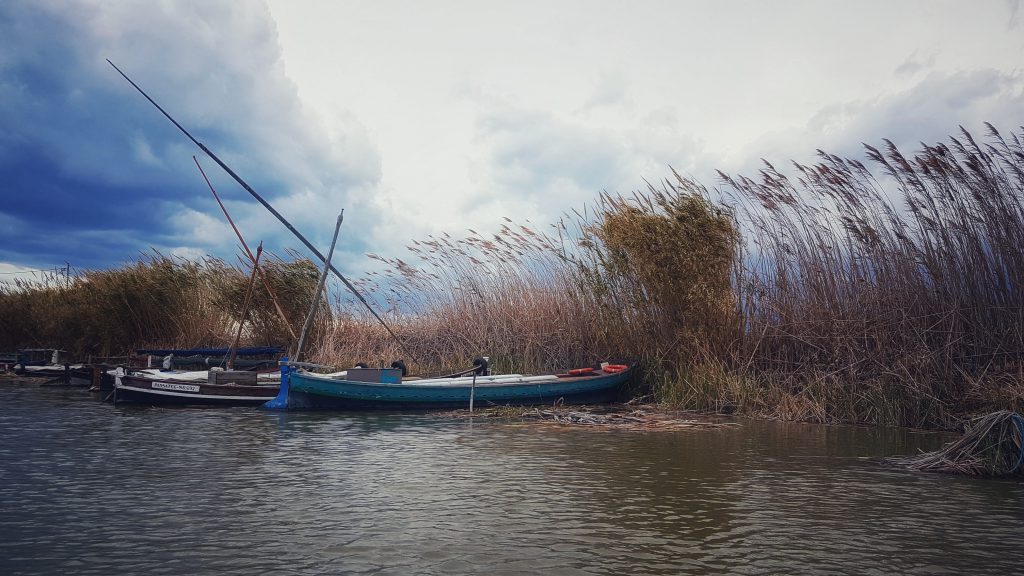
And we have already seen Valencia! We know the route we’ve made is quite intense, but we’ve done it so you can go back with a backpack full of memories and unforgettable experiences. If you come back for a few more days, we hope to find you on the road to share with you a new #WiberExperience around the Comunitat Valenciana. And if you already know it all about Valencia but wish to dig deeper into Spain’s beautiful city, we would love to have you at Mallorca, Málaga and Alicante.

 EN
EN  Español
Español  German
German 